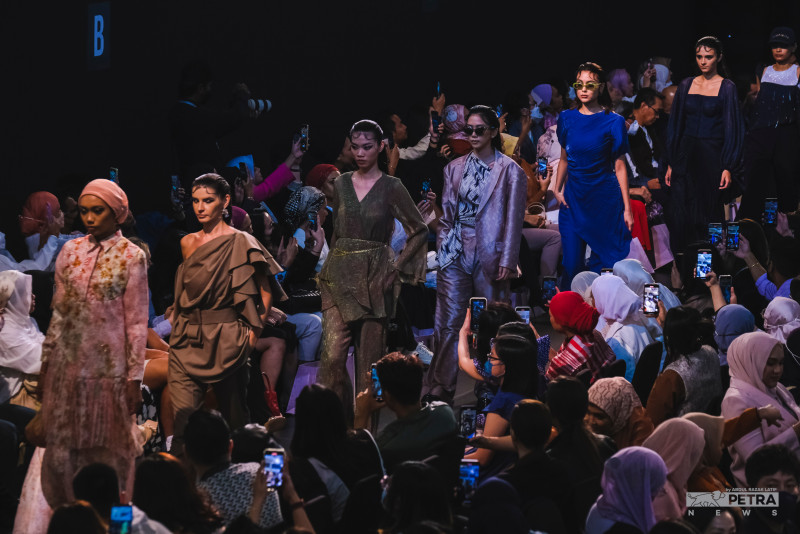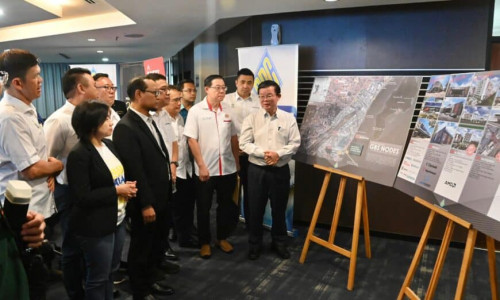GOING straight into the discourse, the dark side of the modelling profession is having to chase for one’s bowl of rice – an unfortunate norm for many independent and freelance workers to date.
When model Alicia Amin made a bold protest to further call attention to unpaid models and maids when Kuala Lumpur Fashion Week (KLFW) was put in the hot seat after an initial statement made by founder Andrew Tan over payment disputes, it marked another eventful moment for gig workers so they would no longer be taken for granted.
While recent developments as such highlight the stresses of our local fashion scene which forces us to look at the industry as a whole and how often such a situation happens, other freelance/contract-based working environments would surely echo similar grievances.
Earlier this month we also saw a delivery blackout among food delivery riders as a protest against their companies in hopes of gaining better income for challenging work. There seems to be a pattern in the mood here which spotlights the viability of being part of the gig economy.
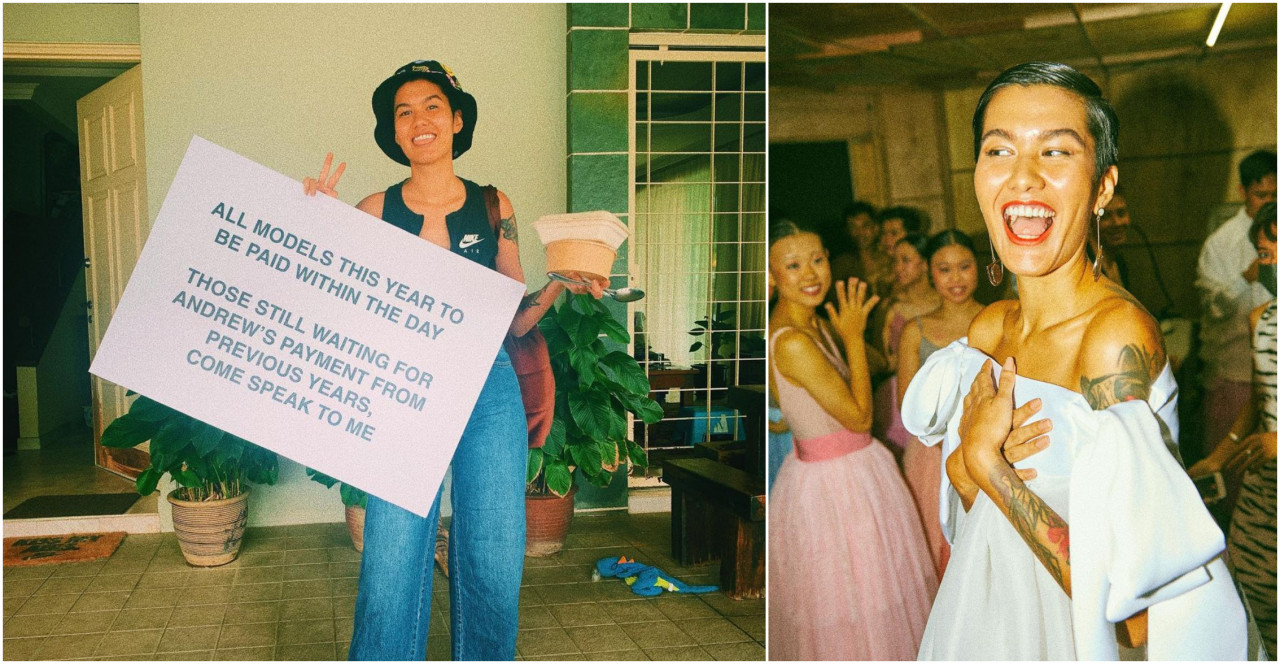
But before we can engage in the bigger debate of rights (or lack thereof) for independent/project-based hires and how to protect them, especially within the Malaysian workforce, The Vibes Culture & Lifestyle speaks to individuals sharing the demands and pain points that have shaped the fashion sphere and its working conditions to spur discussions from the ground up.
Taking a stance
Following her action, Alicia noted to the press when approached during the event last week that there was a follow-up done by the accused concerning the backdated payment issues.
“Andrew (KLFW founder) personally reached out and it is indeed a positive reinforcement.
“That said, I must say that it’s a long-awaited one because it’s not that we [models] are voicing out without reason. The work was done and it’s simply a matter of us getting paid our dues,” she said, noting that if there was no public outcry, the situation may not have been escalated and addressed properly, “and this is the first in many years since KLFW took off”.
Much like many of her fellow peers, the model is ready to look ahead. She equally stressed that the recent event should be a lesson for the industry to look at those catering it with better accountability.
“I was owed around RM1,000 or so for a runway I did back in 2018 and after the widespread attention the past couple of weeks, I finally got my payment,” shared model Jack Gohr.

“It’s not even much but it is something still (for all the work put in), and I treat it as a bonus after five years of waiting.
“I’m sure it takes some time to build up the trust again towards the organiser, not just for me but for all the models out there who have to go through the experience.
According to Jack, despite talks already brewing of unstable remuneration, the naivety of many newcomers in the industry for taking part on such an illustrious platform in that it can open doors for more jobs and better recognition, “...or at least that was what I thought.”
“I only returned this year because I was cast directly under a designer – Villiam Ooi.
“I think the sentiment today for us [models] is that when we walk under a designer, we are safe because we deal directly without any agent or third party in between. For instance, I got paid decently this year and it was in full well before the show day itself.
“Truthfully, I couldn't help but feel surprised by it. However, I am grateful enough that individuals like this know how we do our work not just for the passion but to also put food on the table,” he said.
Jack also noted that the runway is not the only area where models can thrive and groom themselves as talents.
“I am currently involved as a talent on a reality TV show with Astro. Of course, we can’t earn much just by doing runway alone because it is not like there is a show happening every day. So, you have to explore. Plus, the pay is greater,” he said.
“For runways, models would get a minimum of between RM400-RM800 (depending on experience) but a good TVC project can earn one approximately between RM2,000-RM3,000. The rates are significantly different.
Have things changed for the better?
Model and actress Natasha Hudson also weighed in on the viability of the fashion, entertainment and commercial sectors having been involved across all.
“I do not think it’s right to sell exposure as payment, it is bullsh*t and very old school because those that do so are just literally lying to our faces.
“Now that everything is digitised where there is a risk of having no control (and possible exploitation) over the industry but yet the entry of new faces to penetrate is higher. It’s good that formal discussions are taking place,” she highlighted.
Sharing specifically how the commercial industry has evolved since her foray at the age of six, Natasha noted that there was slightly better protection, especially when working with agencies of the past.
“But these agencies are no more, and we are left at the expense of ill-equipped, less detailed-oriented representatives.
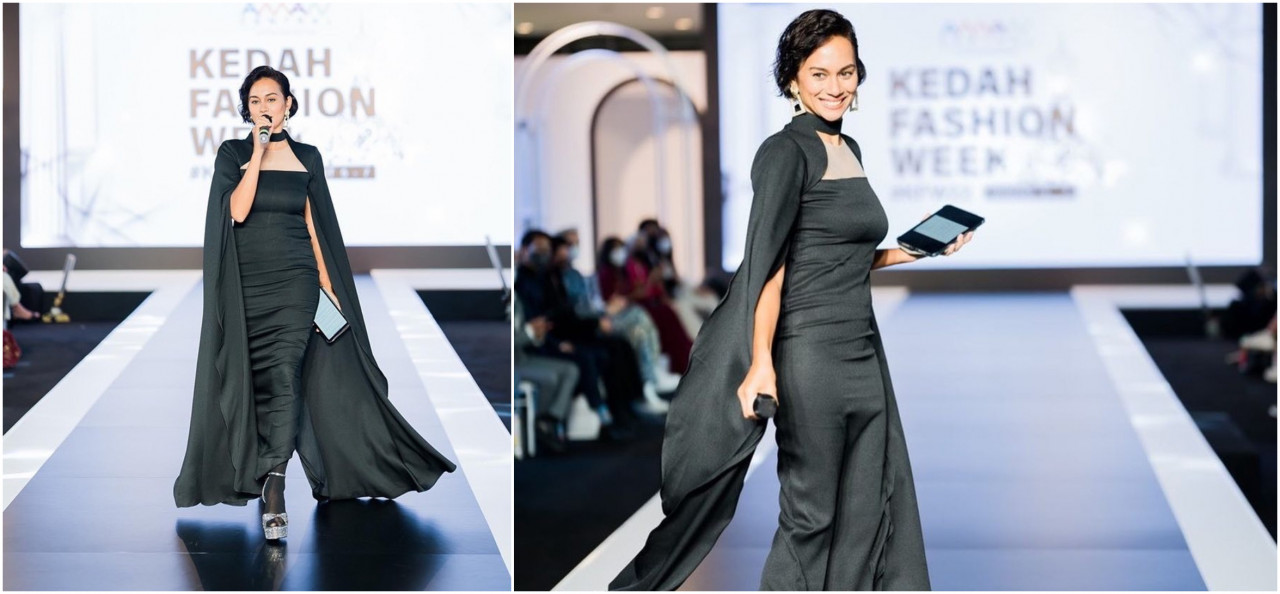
“I find the advertising industry to be more professional with their dealings due to the bigger job scope as compared to the work demands of modelling/runway.
On the latter, there is a bigger question on who freelancers and independent workers can truly put their trust in.
“There have been moments where models speak directly to clients just to chase down payment, which is not necessarily the proper way. Obviously, it puts their reputation at risk,” shared Natasha.
“For non-locals (hires that come in from abroad), if they are parked under a poor agency, they are stuck and have no choice but to follow whatever rules set for them. At most, they deal with promises on top of promises.
“I believe when engaging in campaigns, clients and brands must also be aware with whom they are dealing. Make sure that these models are being paid in advance or at least 50% up front,” she advised, adding that the 30- to 60-day terms of payment are outdated and not valid when a job is one-off.
“I am not new in the industry and I can demand, or even put my foot down to lessen potential disputes. Sometimes, even engage with a lawyer to look at contract clauses, and I am very attentive when it comes to this. However, not everyone has the same kind of opportunity to do so.
On how young talents can better navigate themselves, Natasha noted that power and control are just at one’s fingertips.
“Back in the day, there was no such thing as preparing your own media kit. Today, you can create that and work on your portfolio. I have one and I take examples from peers in other countries on what works and what doesn’t. You have to look at things as if you are running your brand.
“There are so many new kids who start off becoming influencers on social networks and get overwhelmed by the overnight attention,” said the model-turned-actress.
“Although half of the stuff (products and services) is given for free by brands, it is very unfair to take advantage of the newbies just so they can help develop your marketing content freely.
“At some point, these kinds of engagement have to be looked into more carefully and considerately for the sustainability and efficacy of the industry,” she added.
Retract and reflect
For designer Jovian Mandagie, one improvement he would like to see happen in the fashion industry is stronger support among practitioners.
“There is not much unity, even among the designers, where a lot of back talk happens that don’t necessarily help move us forward.

“When I started there was a lot of controversy, copying designs, and lack of creativity among other matters. Even today, being linked to the present prime minister, when in fact I started my business before I married Nina (Datuk Seri Ismail Sabri Yaakob’s daughter).
“I didn’t have government support when I started. In fact, I borrowed RM5,000 from my mother to start the business, which later as it expanded, gained private investors. The brand gained traction as any entity would.
“My old friends and peers who have seen how I started from the beginning would know the amount of effort I put in to finally have the brand expanded to where it is today.
On what he thinks about the whole payment disputes within the fashion scene: “I do not know the details and will try to refrain from adding any salt to the wound with speculations. But models work at least 14 hours, especially when there is an early call time or an event runs one full day.
“As a reminder to all following the discourse, I believe in business, you have to be open, honest and transparent – don’t mistreat people. It’s that simple.
“Of course, in business, there are moments of ups and downs, but when that happens quickly look at the mitigation to limit risks.
“I have had cash flow issues in the past where I could not pay my vendors, and it is no excuse, but how you act during a crisis is what’s important. Communicate well and with good intent, don’t let things sweep under the rug hoping that one day things will get better,” highlighted Jovian.
In a gig economy, large numbers of people work in part-time or temporary positions or as independent contractors.
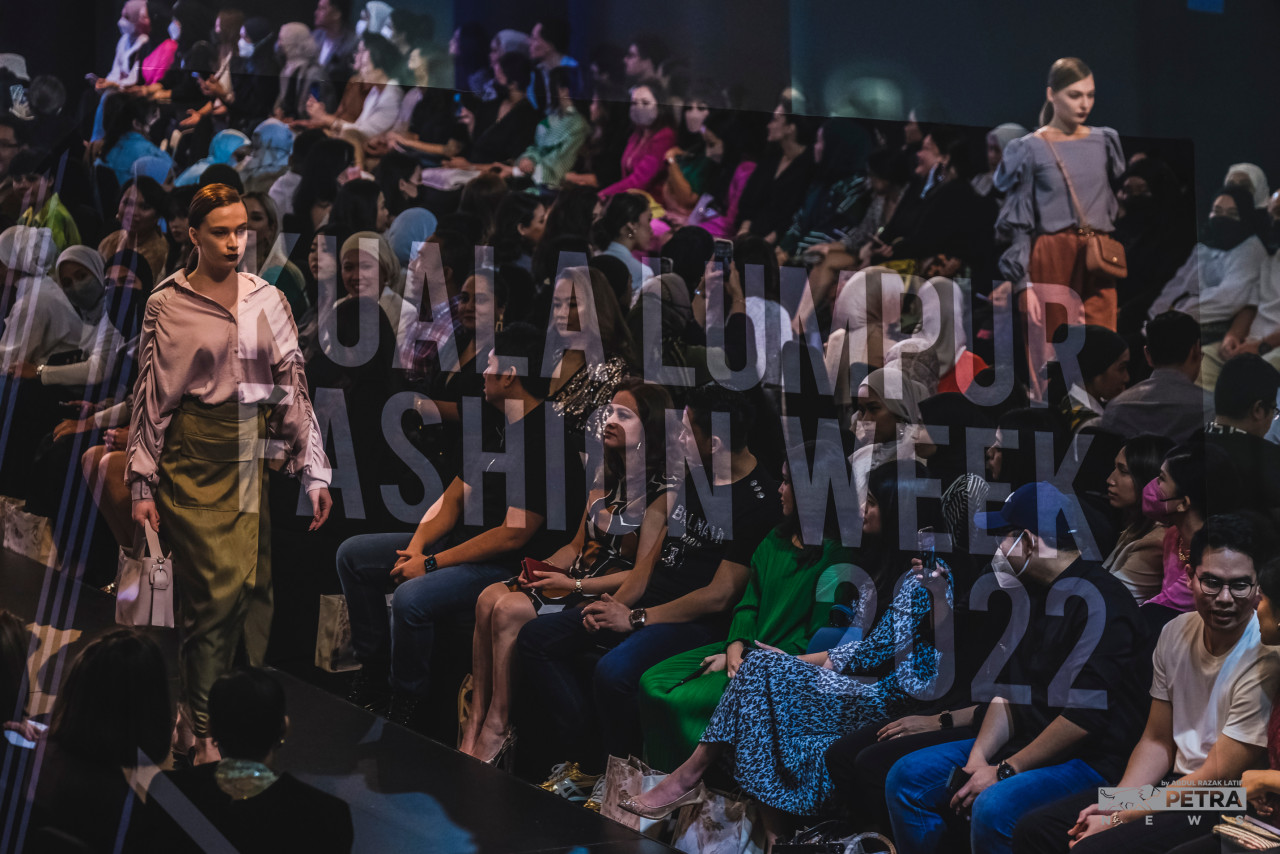
While the fashion, talent/commercial industry is not entirely gig-based, or even seen as a large percentage that makes up this type of economy, one can’t deny the volatility that most of its contractors face.
The question next is what are some of the routines that can be adopted, or better yet, actionable causes that can be imposed to ensure the rights of the hires are not taken for granted?
This is vital for the reason that the industry’s quality of job satisfaction equally contributes to the security of the Malaysian workforce. What we do not want is losing local talents, by them having to seek better opportunities abroad. – The Vibes, August 27, 2022



